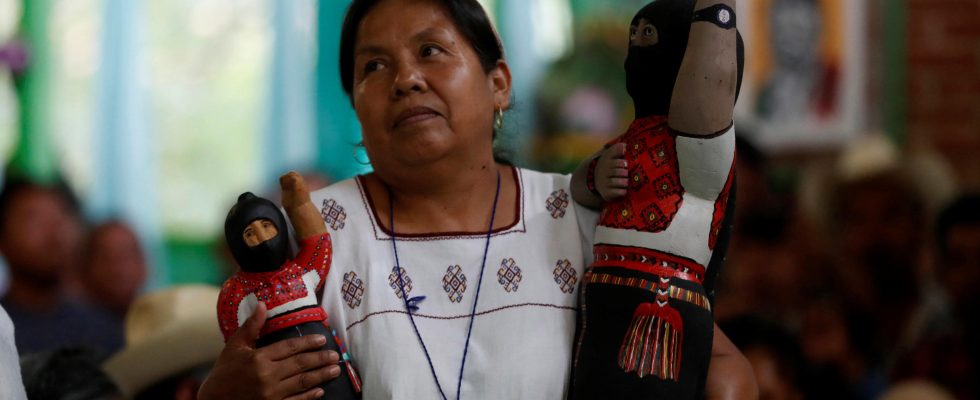January 1, 2024 celebrates the 30th anniversary of the EZLN uprising – the Zapatista Army for National Liberation in French. The movement is currently celebrating its thirty years of existence in the Lacandon forest in southern Mexico with the leaders of the movement and artists and visitors from Mexico and abroad. Thirty years after the first indigenous insurrection, and after several years of relative silence on the part of the leaders, what about the Zapatista resistance, one of the cradles of alter-globalization?
3 mins
Coming from Mexico and Europe, sympathizers are invited to the festivities in the forest, a four or five hour drive from San Cristobal de las Casas, the epicenter of the 1994 uprising.
As a reminder, on January 1, 1994, at the time of the entry into force of the NAFTA free trade treaty in North America, the isolated indigenous populations of Chiapas, a poor and remote region, gathered around the Zapatista movement (guided then by the famous Subcomandante Marcos) declare war on the Mexican state to demand the same rights as other citizens and demonstrate their opposition to the country’s liberal policies.
Read alsoZapatistas: a silent resistance
In search of new forms of organization
The Zapatista movement has undergone significant changes recently, recalls our special correspondent Gwendolina Duval. An internal restructuring, which according to leaders, should allow the organization to adapt to the challenges of the struggle for the recognition and autonomy of indigenous peoples in Mexico.
The old autonomous councils are disappearing to give rise to other forms of collective governance. THE prances, cultural centers, continue to exist, but are closed to the outside world until further notice. The Zapatistas want to experiment with new forms of organization, particularly on the use of land in common and non-ownership. The objective is to keep the movement going in a context of increasing violence in Chiapas and throughout Mexico.
Still refusing to transform into a political party, even if they tried to launch a 2018 presidential candidatethe Zapatistas embody a social movement which stands against poverty, inequalities and various forms of exploitation, whether of individuals or of the environment.
Narco gangs are fighting over Chiapas
The organization is still very critical of the Mexican state, and points out its dysfunctions. Today more than ever, the Zapatistas denounce the abuses of local governments, undermined by the corruption and chaos that reigns throughout the region. They also denounce the major projects of President Andrès Manuel Lopez Obrador, launched in the name of the development of southern Mexico (Mayan tourist train and inter-oceanic train).
Read alsoThe Mayan train, the line that divides the Yucatan
In November, in a statement, the Zapatistas denounced the “complete chaos” in Chiapas and the threat of “disorganized crime”: “ there are blockades, assaults, kidnappings, extortion, forced recruitment, shootings”. The two main Mexican cartels, Sinaloa and Jalisco Nueva Generacion, are fighting over the region, according to all observers. Armed and hooded men, presented as members of the Sinaloa cartel, marched to applause in a town in Chiapas, according to a video broadcast last September.
(and with AFP)
